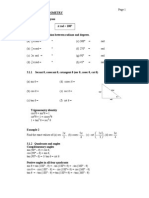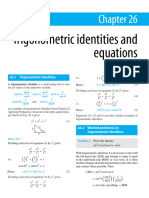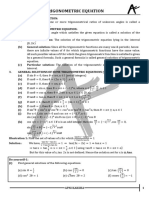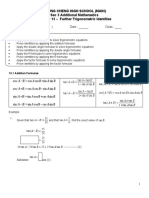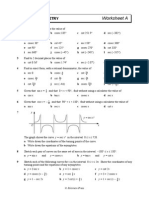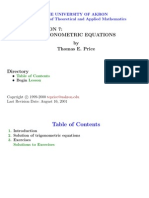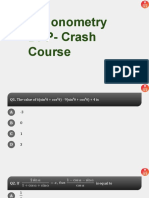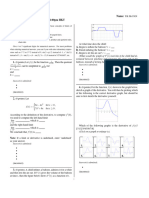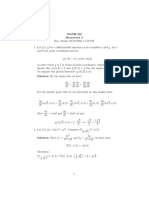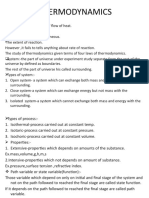0% found this document useful (0 votes)
33 views108 pagesSelfstudys Com File
The document contains a series of exercises related to trigonometric functions, including finding principal and general solutions for various equations involving sine, cosine, tangent, and their reciprocals. It also includes exercises on converting between polar and Cartesian coordinates, as well as problems related to triangles and their properties. Additionally, it addresses whether certain equations have solutions based on the properties of trigonometric functions.
Uploaded by
rajukhatam0Copyright
© © All Rights Reserved
We take content rights seriously. If you suspect this is your content, claim it here.
Available Formats
Download as PDF, TXT or read online on Scribd
0% found this document useful (0 votes)
33 views108 pagesSelfstudys Com File
The document contains a series of exercises related to trigonometric functions, including finding principal and general solutions for various equations involving sine, cosine, tangent, and their reciprocals. It also includes exercises on converting between polar and Cartesian coordinates, as well as problems related to triangles and their properties. Additionally, it addresses whether certain equations have solutions based on the properties of trigonometric functions.
Uploaded by
rajukhatam0Copyright
© © All Rights Reserved
We take content rights seriously. If you suspect this is your content, claim it here.
Available Formats
Download as PDF, TXT or read online on Scribd
/ 108
